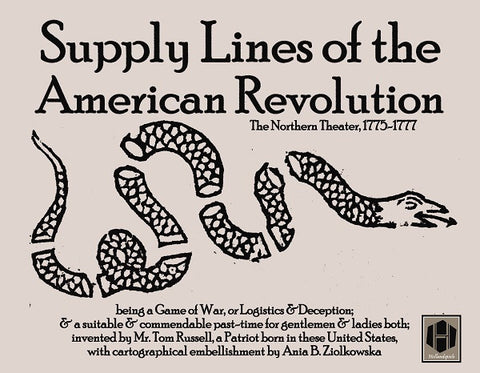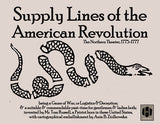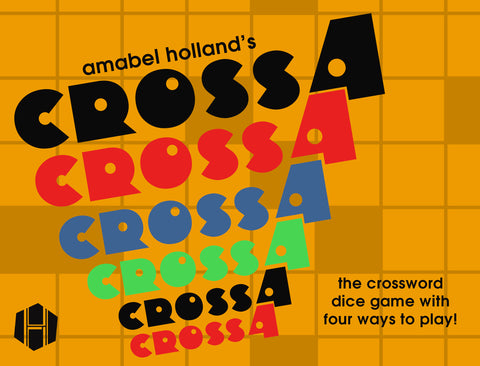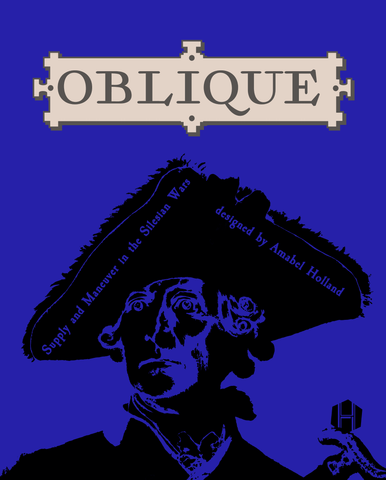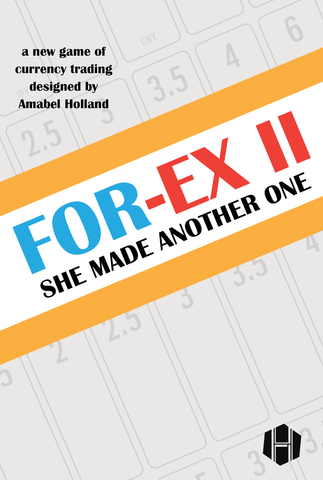Supply Lines of the American Revolution: The Northern Theater, 1775-1777
Game design: Tom Russell
Map Art: Ania B. Ziolkowska
Unit Illustrations: Alex Krumwiede
Hex Number: 10
Duration: 120 to 180 minutes
Players: 2
Solitaire Suitablity: High
Theme: American War for Independence
MSRP: $40.00
Armies march on their stomachs, and guns aren't much use without bullets. This simple, brutal truth is given dynamic, exciting expression in Supply Lines of the American Revolution: The Northern Theater, 1775-1777, which looks at the first three years of the American War for Independence through the lens of supply and logistics.
Cities generate Food and War supply cubes, which are used to activate Armies to move and to fight. A paucity of supplies for both sides means that you must choose your battles carefully, as well as your vulnerabilities: of necessity, in order to be strong enough to mount an offensive, you must choose to be weak somewhere else. Will your opponent be able to exploit your weakness, or you his? Or is that display of weakness a clever trap, which he has just sprung? Deceit is an important tool in any general's arsenal, and a vital part of this game. But it's not a matter of hidden information; it's all a matter of feints and counter-feints, and your ability to think three moves ahead.
The game resembles chess in its abstract elegance, its structure of alternating moves, and its cerebral pleasures. Yet it is still a wargame. Control of Cities, and particularly New York and Albany, is crucial not only to Victory Conditions but to effectively orchestrate the movement of supplies and redeployment of troops. The British navy allows for quick redeployment to coastal areas, but they have a harder time of it making roads inland. American hit-and-run tactics might be their best hope for avoiding the sort of decisive battle that plays into British advantages.
This is a supremely unforgiving game, in which a single mistake will render your position unwinnable... provided your opponent is smart enough to notice it.
- (1) 22" x 17" map
- (88) 5/8" counters
- 100 wooden cubes, in two colors
- (2) six-sided dice
- 12-page rulebook

